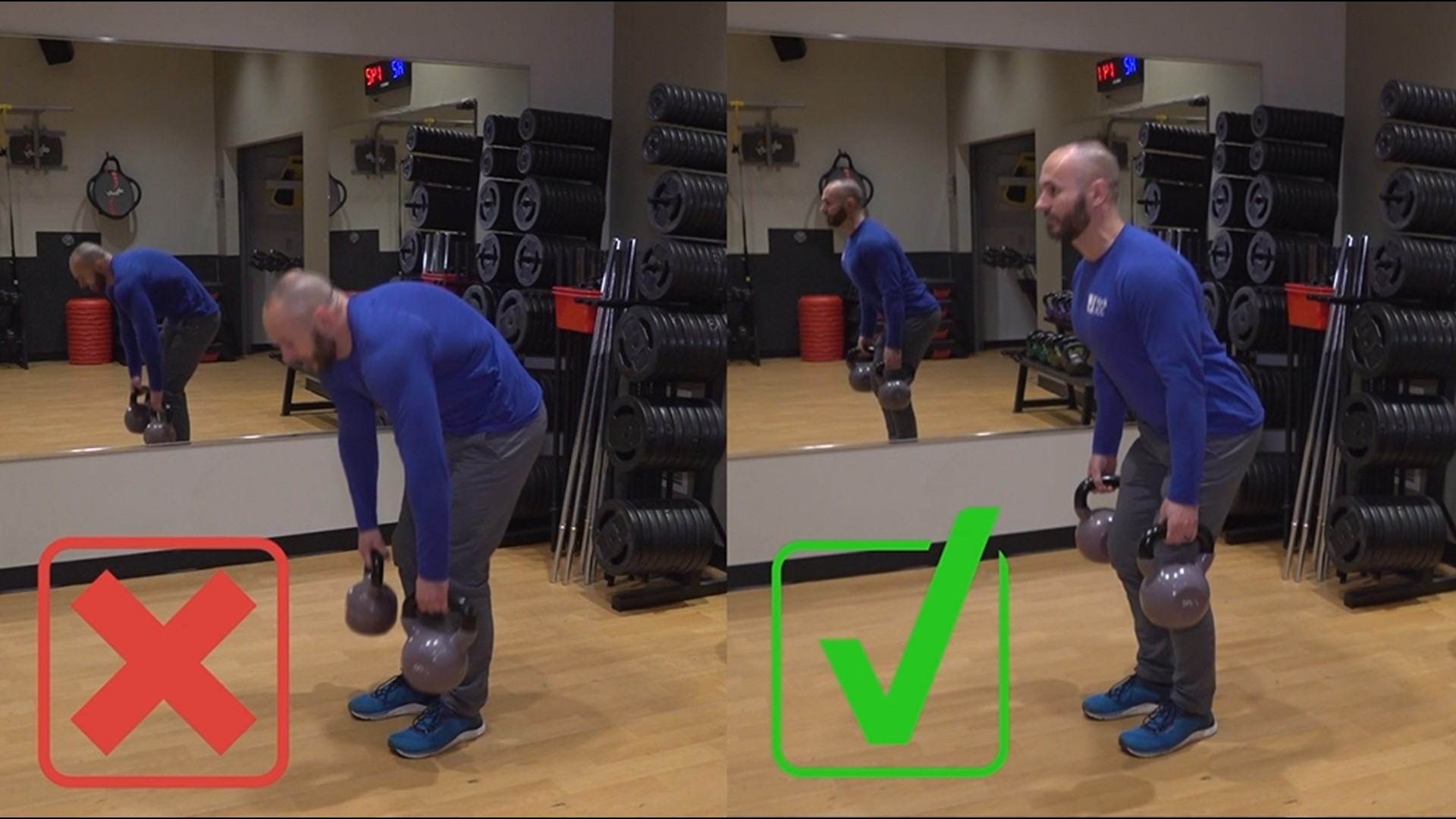YORK COUNTY, Pa. — Bracing can get confusing, so with that being said, FOX43 and trainers at the York County JCC wanted to give a more in-depth explanation to keep you safe while working out.
“Core bracing is probably the number one skill you can learn that can translate across every exercise that you do. [It is] also called engaging the core,” said Danny Amon, a JCC coach and fitness center and personal training manager.
Previous FOX43 FitMinute's that touch on bracing include pushups, squats and pullups, but this information is also good for things like weightlifting, callisthenic movement, or everyday posture, and the sky is the limit!
“You want to have a good core brace and engage your core. What we mean [by that is], you are getting all that muscle around your torso to co-contract at once, and that creates the support system and structure around your spine,” said Amon.
Amon says that keeping the entire muscle group engaged through specific exercises or workouts will help to avoid lower back injury in the future.
With that being said, when gym goers try to engage the core, sometimes there is a misconception about exactly which muscles that means. It is assumed that the group exclusively refers to the abdominal region, but it actually is much more.
“[It is] important to remember that it is happening all around this entire part of your body (torso). It’s not just [abs] or anything like that, it's this entire slab of everything. So what I normally tell people is to imagine someone is going to punch you in the stomach, and that reflex of stopping the punch, that creates a full brace of everything in this area,” said Amon.
Other bracing cues to keep in mind include:
- Belly Button to Spine
- Fill Up the Stomach or Back with Air
- Proud Chest
- Stand Up Taller
Amon says it doesn't matter which cue you choose, as long as it resonates with you and is top of mind. That will ensure that you're set up for success.
“[Bracing is] most important when you are doing weight lifting but it’s also extremely important when you are doing callisthenic movement, when you are doing yoga, anything like that, you are going to need to keep your core engaged in order to keep that support around your spine.”
You just got better!

